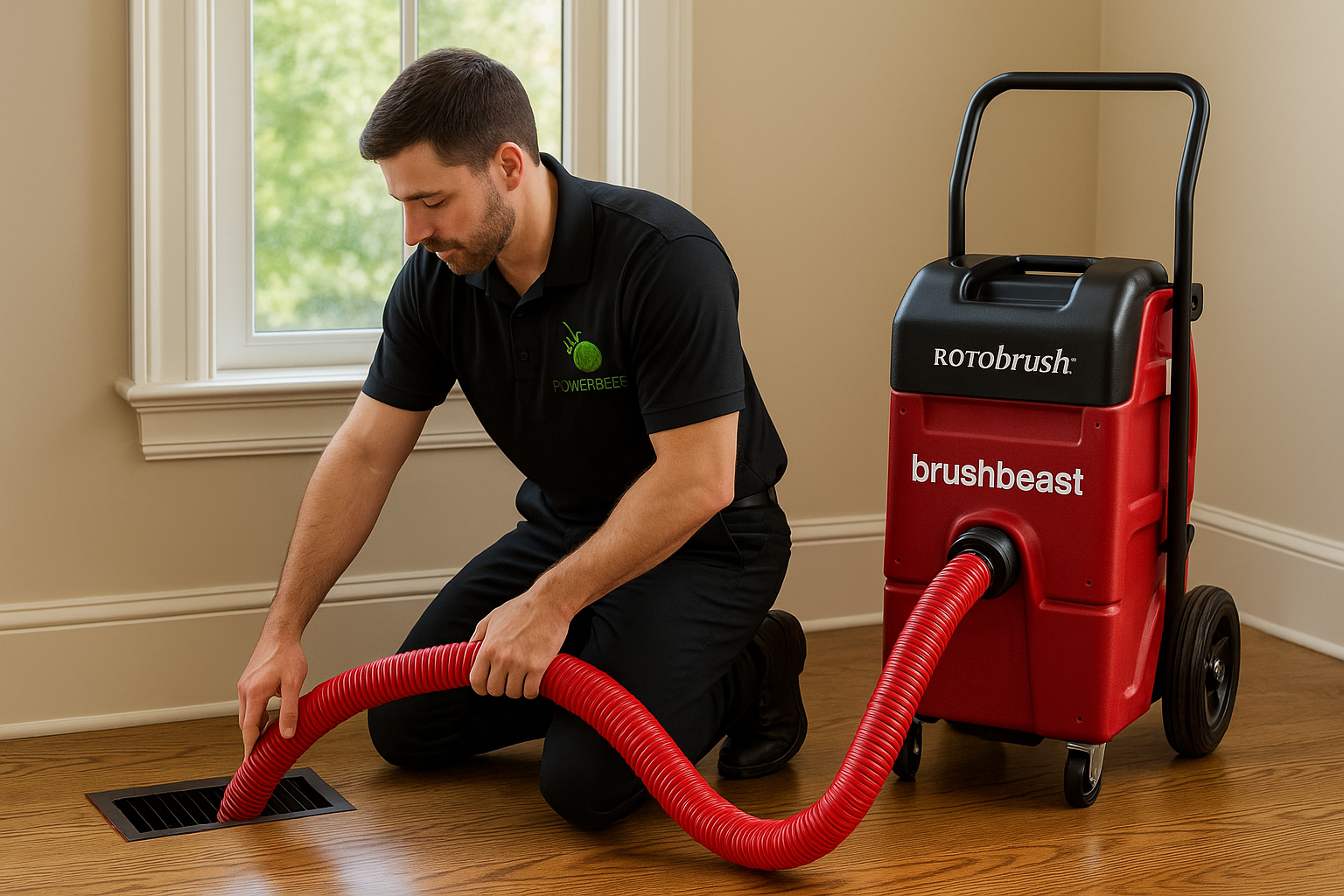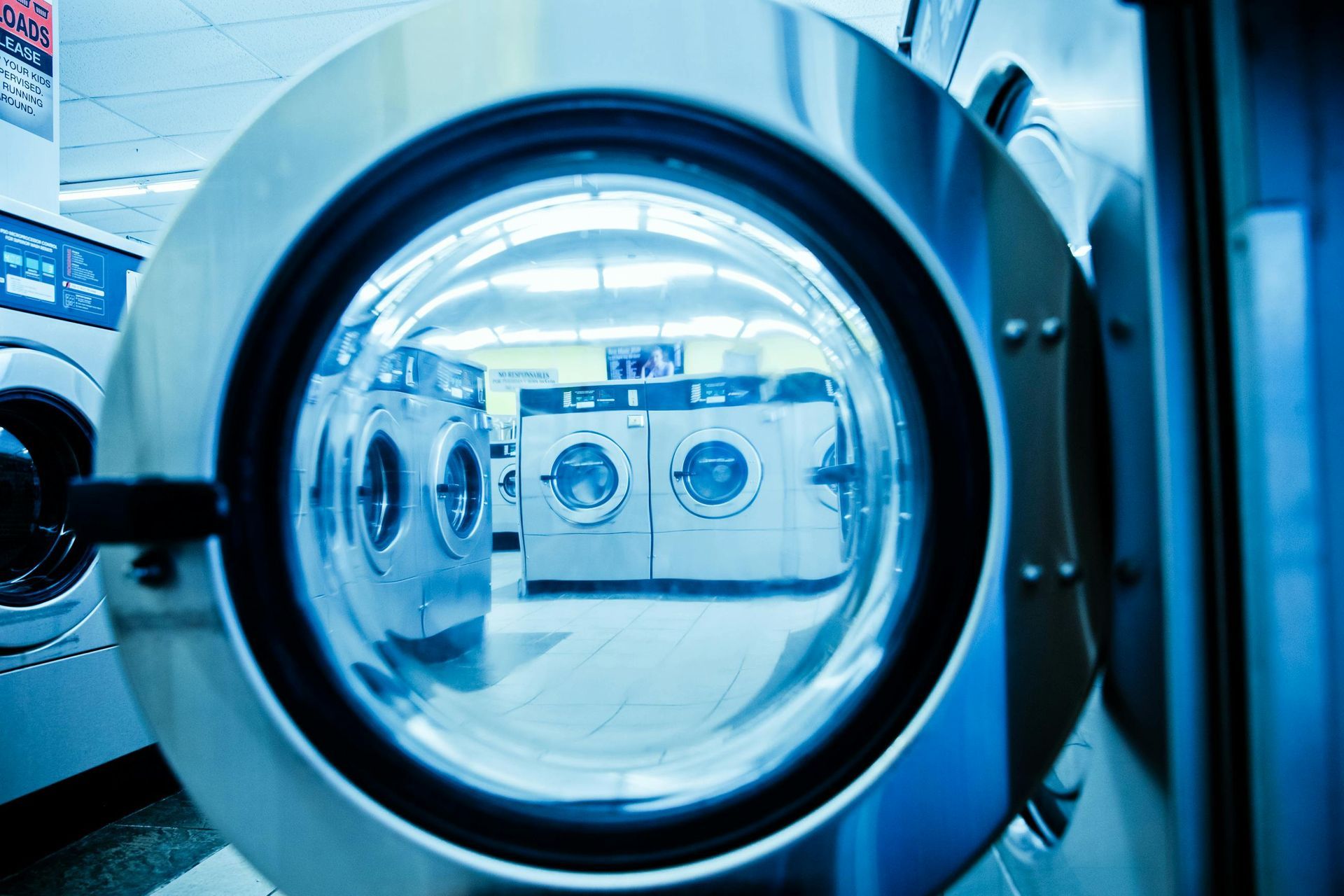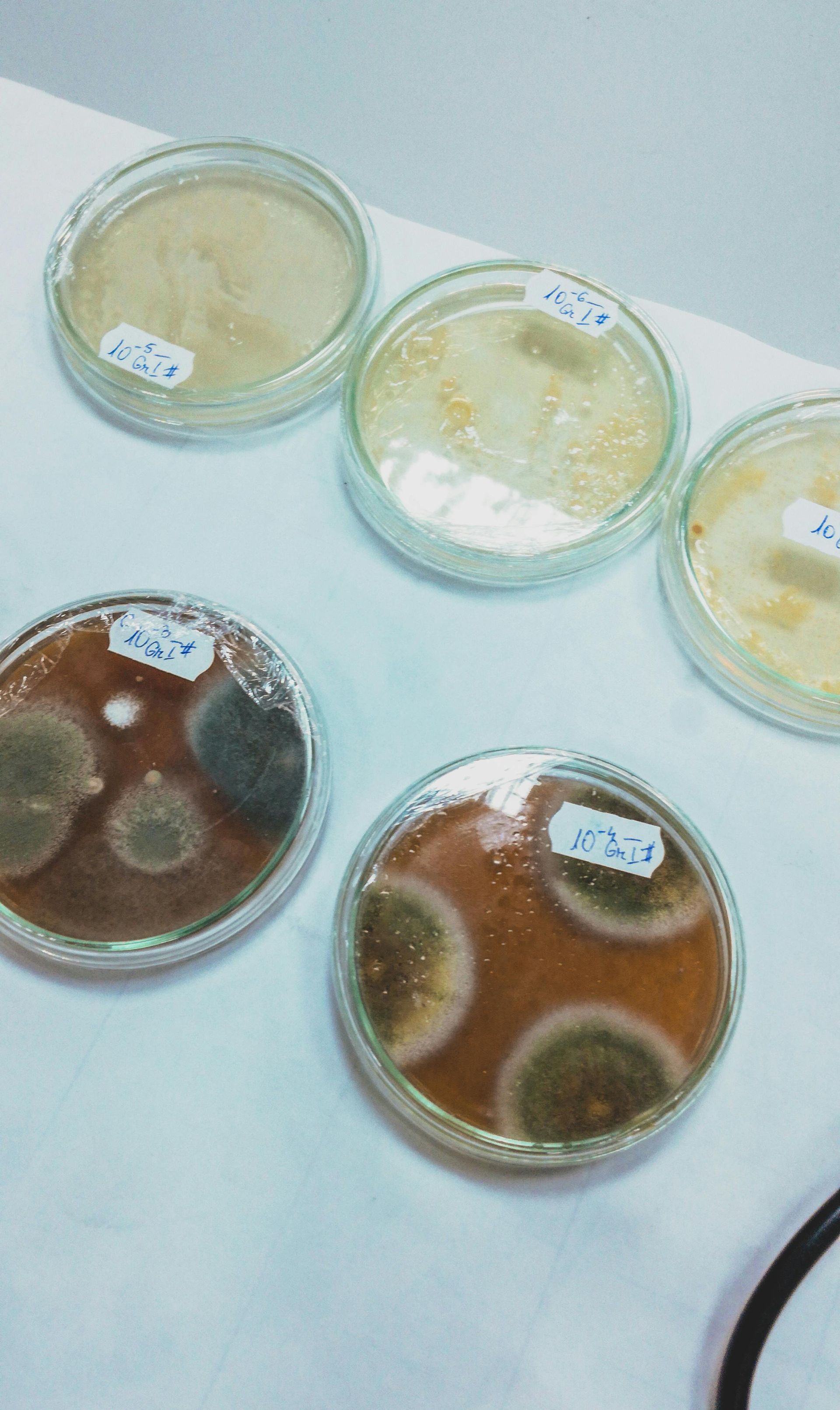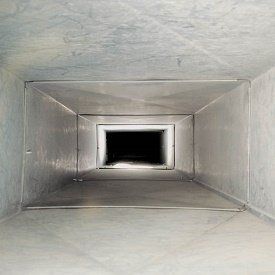5 Unexpected Places Where Mold Can Grow
1. Washing Machines
Due to the constant presence of water in a washing machine, your washing machine may be at risk of mold growth if it contains a drip pan, or if it is a front-loaded washing machine with an inner gasket. Drip pans need to be regularly maintained and cleaned with detergent to prevent any buildup of dirt, lint or other organic materials that could cause mold growth. Although the interior of washing machines are typically designed with metal surfaces that are difficult for mold to grow on, the glass and gasket can be susceptible and may need to be wiped down on a regular basis to prevent lint buildup that could serve as a food source for mold spores.
2. Dishes
If your dishes are stacked in your cabinets before being completely dry, the dark and enclosed spaces in your cabinets unfortunately provide a potential hotspot for mold to grow. Despite the best efforts of your dishwasher, organic material unfortunately sometimes makes it through the cycle and can provide a food source for mold spores, especially if your cabinets are made of wood or another organic material that could potentially have dormant mold spores. Take care to thoroughly dry all dishes before placing them in your cabinet, and control humidity levels and air flow in your kitchen to minimize the chance that you will have to deal with any unwanted mold growth on your dishes.
3. Air Conditioners
Air conditioning units are natural targets for mold due to the constant presence of moisture in the cooling unit and their tendency to suck in dust and pollen as nutrients for mold with their air intake functionality. If you turn off your air conditioner or it breaks down during a period of high humidity, mold can grow in the ducts, drain pans, and on coils. For window units, you should removing the front plate and vacuuming the blower with a HEPA filter vacuum. Afterward, rinse the coils and clean the rain pan with a solution of diluted bleach.
4. Closets
When the dark, confined spaces and uncirculated air in your closets are combined with the presence of water from damp clothing or periods of high humidity, your closets can become a hotspot for mold growth in your home. Make sure all clothing is completely dry and free from dirt particulates that could serve as nutrients for mold growth before storing them in your closets. Try to clean and air out your closets on a regular basis, especially during periods of high humidity in the summertime.
5. Windows
Window sashes and your window sills can be susceptible to mold growth due to their exposure to rain, condensation from the temperature difference on the inside and outside of your home, and their tendency to attract dirt, insects and organic material due to their proximity to the outdoors. Make sure the seals between the panes of your windows are holding and make sure any windows that were open during a storm are wiped down as soon as possible. Clean and dust windowsills and sashes on regular basis to make sure mold has no opportunity to feast on the organic material there.
Contact PowerBees, a Massachusetts mold removal and mold testing company so we can perform mold inspection services and a free estimate if any mold remediation is required.



















